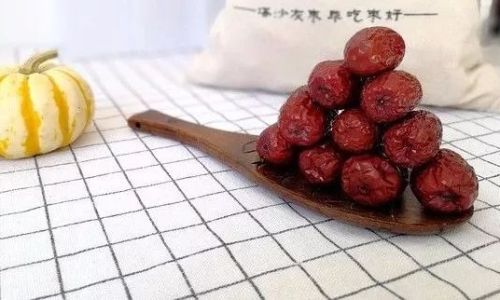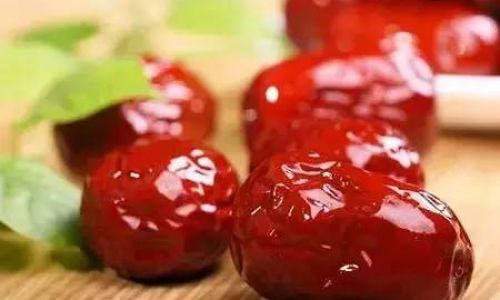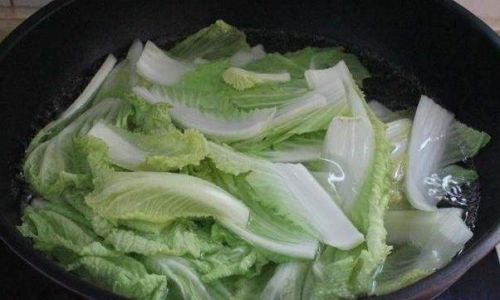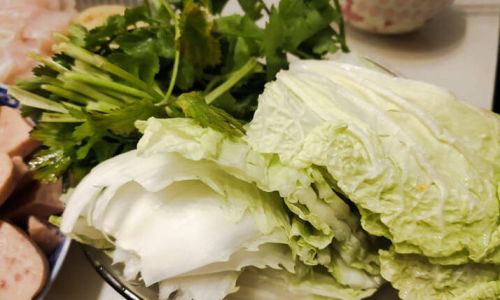Red dates, also known as jujubes, are a staple in traditional cuisine and modern health-focused recipes. Their sweet, chewy texture and rich nutritional profile make them a versatile ingredient. However, peeling red dates can be a tedious task, especially when recipes demand a smooth, skin-free finish. While boiling is a common method to soften the skin, it alters the fruit’s natural flavor and may leach out nutrients. This article explores five effective, water-free techniques to peel red dates effortlessly, preserving their taste and nutritional value.
The Microwave Method: Quick Softening for Easy Peeling
Microwaves are not just for reheating leftovers—they can be a game-changer for peeling red dates. This method leverages heat to loosen the skin without submerging the fruit in water.
Tools Needed:
- Microwave-safe plate
- Paring knife or small spoon
- Kitchen towel (optional)
Steps:

- Preparation: Rinse the red dates under cold water to remove dirt. Pat them dry with a towel.
- Microwaving: Arrange the dates in a single layer on a microwave-safe plate. Heat on high for 20–30 seconds. Adjust the time based on your microwave’s wattage; overheating may harden the flesh.
- Testing: Allow the dates to cool slightly. Gently press one with your finger—it should feel soft and pliable.
- Peeling: Use a paring knife to make a shallow cut along the date’s length. Peel the skin away using your fingers or the knife’s tip. For stubborn areas, reheat for 5-second intervals.
Why It Works:
Microwave radiation generates heat within the fruit, breaking down the bonds between the skin and flesh. This method retains moisture and flavor while minimizing nutrient loss.
Freeze-and-Thaw: Utilizing Temperature Shocks
Freezing red dates disrupts their cellular structure, making the skin easier to remove. This method requires planning but delivers consistent results.
Tools Needed:
- Airtight freezer bag or container
- Paring knife
- Bowl of warm water (optional)
Steps:
- Freezing: Place clean, dry red dates in a freezer bag. Seal tightly and freeze for at least 4 hours or overnight.
- Thawing: Transfer the frozen dates to a bowl of warm water for 2–3 minutes. This accelerates thawing and softens the skin.
- Peeling: Remove the dates from the water and pat dry. Use your fingers to pinch one end of the date; the skin should slide off effortlessly. For persistent skin, use a knife to lift the edge.
Pro Tip:
Freeze dates in batches to have a ready supply for peeling. Store peeled dates in the refrigerator for up to a week.
Mechanical Peeling with a Knife or Vegetable Peeler
For small quantities, manual peeling with a sharp tool is efficient. This method requires patience but ensures precision.
Tools Needed:
- Sharp paring knife or vegetable peeler
- Cutting board
- Bowl for discarded skin
Steps:
- Preparation: Wash and dry the dates. Place them on a cutting board.
- Scoring: Use the knife to make a shallow vertical cut along the date’s length. Avoid cutting too deep to preserve the flesh.
- Peeling: Gently pry the skin open using the knife’s tip or your fingers. Peel in strips, working from the cut end.
- Refining: Remove any remaining skin patches with the peeler’s edge.
Safety Note:
Always curl your fingers inward while peeling to avoid accidental cuts.
Food Processor or Blender Assistance
For bulk peeling, a food processor can automate the process. This method is ideal for recipes requiring large quantities of peeled dates.

Tools Needed:
- Food processor or high-speed blender
- Sieve or colander
- Rubber spatula
Steps:
- Preparation: Clean the dates and remove any stems.
- Pulsing: Add the dates to the food processor. Pulse in short bursts (5–7 seconds each) until the skin loosens but the flesh remains intact.
- Separating: Transfer the mixture to a sieve. Shake gently to separate the skin from the flesh. Use a spatula to press the dates through the sieve if needed.
- Rinsing (Optional): If residual skin remains, rinse the processed dates under cold water. Drain thoroughly.
Why It Works:
The blades’ friction generates heat, softening the skin. The sieve acts as a filter, trapping larger skin particles.
Oven Roasting for Dry Peeling
Roasting red dates in an oven dehydrates the skin, making it brittle and easy to crack. This method imparts a subtle caramelized flavor.
Tools Needed:
- Baking tray
- Parchment paper
- Oven mitts
Steps:
- Preparation: Preheat the oven to 150°F (65°C). Line a baking tray with parchment paper.
- Roasting: Spread the dates in a single layer. Roast for 15–20 minutes. Check periodically to prevent burning.
- Cooling: Remove the tray and let the dates cool completely. The skin will crack as it dries.
- Peeling: Gently crush a date between your fingers. The skin should shatter, revealing the flesh. Use a brush to remove any remaining fragments.
Variation:
For a smoky flavor, roast dates over an open flame (e.g., gas stove) using tongs. Rotate until the skin blackens, then peel.
Tips for Peeling Success
- Choose Ripe Dates: Overly dry dates have tougher skin. Opt for plump, slightly soft fruits.
- Test a Small Batch: Experiment with 3–5 dates before committing to a large quantity.
- Storage: Store peeled dates in an airtight container in the refrigerator. Freeze for longer shelf life.
- Repurpose Skins: Don’t discard the skin! Dry it and grind into a powder for use in teas or spice blends.
Common Pitfalls and Solutions
- Sticky Residue: If dates become too sticky, dust them lightly with cornstarch before peeling.
- Uneven Peeling: Ensure even heating in the microwave or oven. Rotate dates halfway through roasting.
- Nutrient Loss: Avoid over-processing; stop once the skin is loosened to retain vitamins and minerals.
Conclusion
Peeling red dates without boiling is achievable through creativity and the right techniques. Whether you prefer the speed of a microwave, the precision of a knife, or the hands-off approach of freezing, each method offers unique advantages. By preserving the fruit’s natural integrity, you elevate dishes like stuffed dates, smoothies, and desserts. Experiment with these methods to find your perfect match—your taste buds (and kitchen efficiency) will thank you.





0 comments